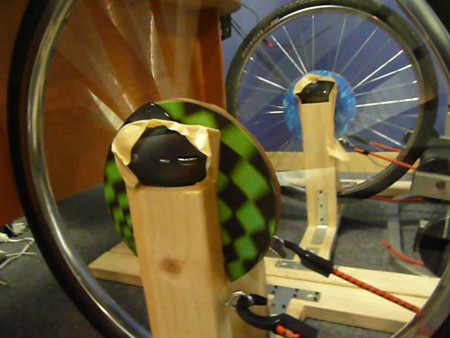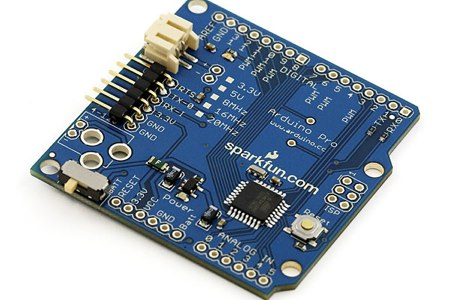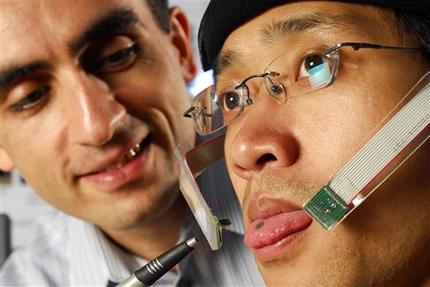
[Aaron Rasmussen] and his friend [Eli] slapped together this setup to see what it would be like to run as much as their World of Warcraft characters. They used a couple old treadmills to spin some tires with makeshift mouse sensors on them. As their speed increased, so did their character. There was a decent amount of math done to figure the average speed of a World of Warcraft character, and ultimately they settled on 12 miles per hour. Not surprisingly, they found that too difficult due to the resistance in the rig as well as being out of shape. They ended up lowering the speed required to make their character go full sprint to 6 miles per hour.
Their final conclusion was that they could never run as much as their digital counterparts. Even if they were in really good shape. [Aaron] does say that it was fun enough to consider doing it regularly as a workout plan. He should wear the costume every time he uses it.
















